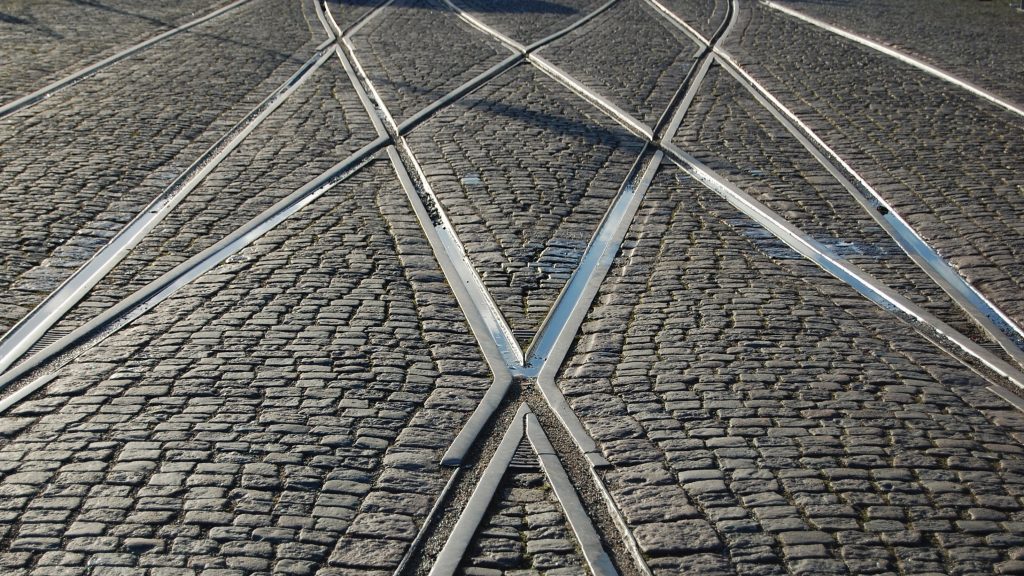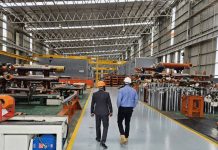Zambia is often referred to as a landlocked country. In terms of trade, this has always been seen as a weakness because the cost of international trade rises with no direct access to the sea.
However, one of the messages coming out of the Africa Rail Conference held in Johannesburg in mid-June, was that this can be framed in a more positive way, with Zambia being seen as landlinked, rather than landlocked.
“We are very strategically placed – we are a hub in the central and southern part of the continent, and are linked to all the vital trade corridors in the region,” Zambia Railways chairman Lubinda Linyama told the gathering of more than 6 000 rail professionals from all over Africa. “We have four corridors passing through Zambia – the North-South corridor to Durban, the Dar-es-Salaam corridor, the Nacala corridor to Beira and the PlumTree corridor through Botswana.”
This puts Zambia in a good position to cash in on the much-heralded and anticipated growth of the continent’s rail network – also known as the African rail renaissance. Lubinda spoke of Zambia Railways’ vision of revitalising the network, improving infrastructure and acquiring new rolling stock to enable the company to eventually move some 40 million tonnes of goods a year – compared to less than 5 million tonnes at present.
It’s a grand vision, one that is fully supported by the government and aligned with the broader economic objectives of the Southern African Development Community (SADC).
However, like all grand visions, it needs to be made into a reality – and this is fraught with challenges, as was made clear during the conference.
Africa’s railways have been starved of vital investment for more than 30 years
The first is the dilapidated state of many of Africa’s railway networks, and Zambia is not alone in this regard. Starved of investment for decades by their national government owners, African rail networks are often unrecognisable from the fully functioning services of many decades ago.
Ghana’s once thriving rail system lost more than 90% of its passenger traffic in the decade after 1970; and even as recently as December 2017, according to Richard Dombo, CEO of the Ghana Railways Development Authority, “literally every single line in Ghana had ground to a halt, due to lack of maintenance”. Namibia still has to upgrade more than half of its ageing network just to bring it up to minimum SADC standards in terms of axle loads. The DRC, blighted by years of civil war, continues to deal with the vandalising and theft of rail equipment, infrastructure and even rolling stock.
“Most African countries have lost 30 years of investment in rail,” said Charles Kateeba, Managing Director of Uganda Railways Corporation.
The other big challenge is the lack of regional connectivity along the various trade corridors, as trains pass from one country to the next. Rail operators use different train control systems that don’t always talk to each other. Locomotives have to be changed, resulting in long and costly delays. “This is our biggest challenge in terms of rail freight competing with road,” said Leonard Makwinja, CEO of Botswana Railways. “We can’t continue like this. If regional airlines can fly seamlessly to each other’s countries, I don’t see why we can’t do it with rail freight.”
The problem is compounded in countries whose rail systems use different track gauges, prompting differing views on what should be done. Botswana, for example, is dead set against changing its narrow Cape Gauge system (the most common in southern Africa) to the wider Standard Gauge – Makwinja says it makes no economic sense; on the other hand, East African countries such as Kenya are building new railways in the wider standard gauge, as is Ghana.

Ultimately, the biggest obstacle standing in the way of Africa’s rail renaissance is a lack of money among African governments. Rail projects are extremely capital-intensive – Zambia Railways reckons it will need more than a billion dollars to achieve all of its strategic objectives. So, private investor capital is essential, particularly in the form of PPPs (Private-Public Partnerships), which are most commonly used in railway concessions. However, as Timothy Zalanga, Director of Corporate Planning at the Nigerian Railways Corporation, explained, there are limitations to PPPs – and, contrary to common perception, they do not absolve governments from financial responsibility.
“Rail is extremely capital intensive, so if the investment exceeds the appetite of the private sector, it won’t be of interest to them. Also, governments want to bring in the private sector, but they still want to keep control. And then there are other risk factors such as policy inconsistency and a lot of interference, which is very common in most African countries. These are some of the reasons a lot of PPPs have not succeeded.”
James Holley, CEO of Traxtion Sheltam, which runs one of the largest fleets of mainline locomotives on the continent, agrees. There are many examples of rail concessions in Africa that were designed and run by “some really clever people”, he said, but they eventually ran out of money to make their ventures work.
So, what does it take to fund, design and operate a world-class rail venture in Africa? Patrick Rusongoza, senior presidential advisor in infrastructure and public works for the Uganda government, had the answer – at least in theory.
It needs to meet customer expectations in a “cost-effective manner”, he said, and adopt principles such as economy (delivered on time and on budget), efficiency at all stages (with the latest technology being applied throughout) and effectiveness (it must serve its intended purpose). Asked to name an African rail project that met these criteria, he said: “Frankly speaking, I cannot give you an example in Africa at the moment.”
A senior African representative, speaking off the record, said the reason for this was corruption by various officials involved in rail projects. Corruption also apparently affects the operation of transportation projects once they are complete. Barbara Mommen, CEO of the Maputo Corridor Logistics Initiative, told the conference forthrightly: “Corruption is endemic on our continent. It figures in every aspect of logistics.”
Nevertheless, the picture is brighter than it seems. Challenges are not insurmountable, as numerous speakers pointed out; they can be solved through cooperation. For example, it was pointed out that Spain’s rail network runs three different gauges, and switching between them does not appear to be a problem. The backward state of much of Africa’s rail infrastructure gives it a unique opportunity to leapfrog straight into the era of autonomous trains and predictive maintenance through the use of data analytics. The limitations of PPPs can be overcome through more creative financial thinking that makes rail ventures attractive to international investors. The presence at the conference of representatives from the world’s major rail suppliers – from America and Europe to China – shows that despite real challenges, they do see opportunity in the longer term.
Zambia Railways’ dream of the country being a regional trade hub that carries tens of millions of tonnes of freight in all directions to ports on the east and west coasts is not impossible; but it will take a lot of work.
See also: On the road again


























